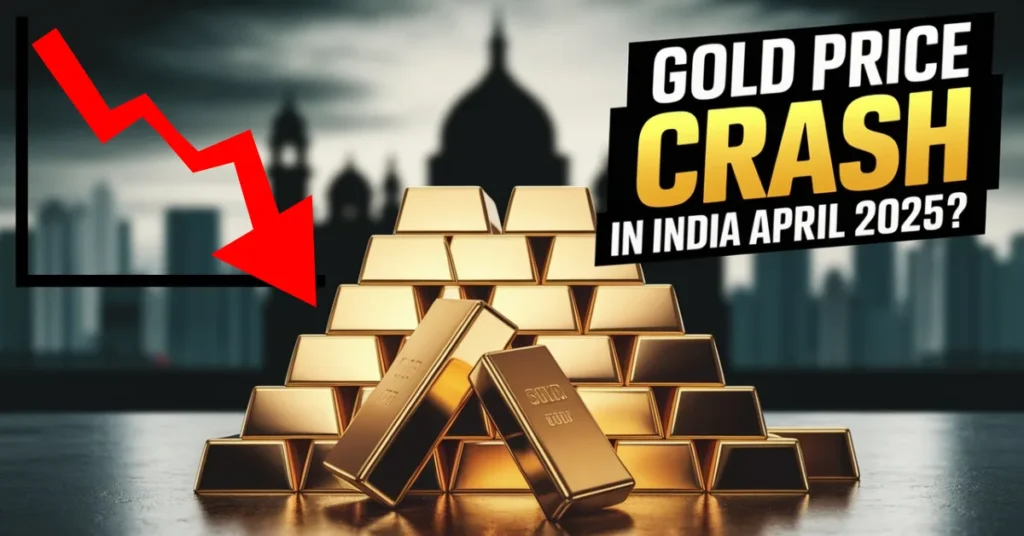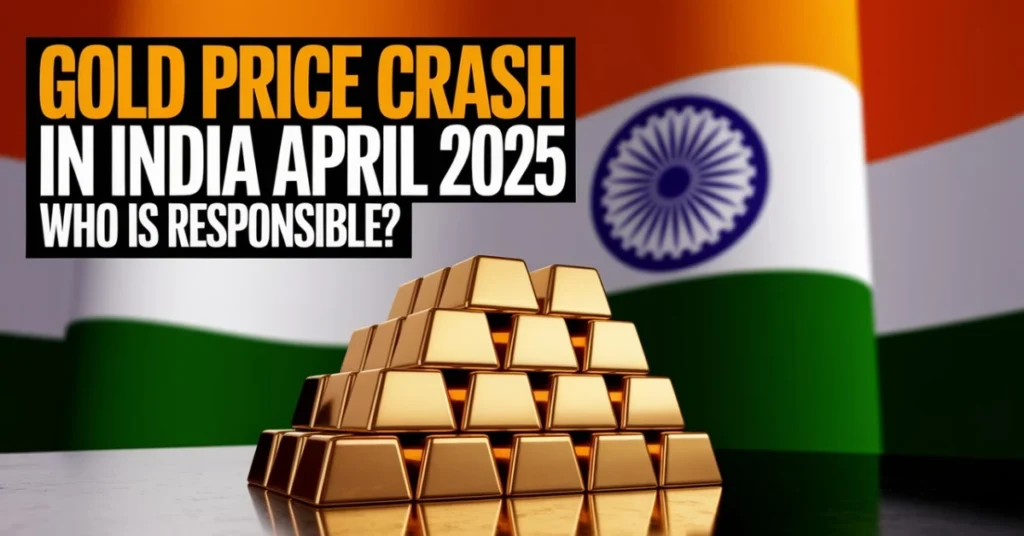Gold Price Crash in 2025: Does Modi’s Puchhi Economies Are Pimping Out? Why is the Gold Price Decreasing in India?
It’s 2025, and a turning moment that has shaken the financial and cultural spine of India. Gold, the country’s long-standing symbol of security and wealth, is no more. The fall isn’t merely alarming to investors; Gold prices have fallen nearly 24 percent from years past. But one that signals a deeper concern over the country’s economic trajectory under the Modi government.
All That Glitters Is Not Gold, But Gold Is All That Glitters: India And Gold
Gold has emotional and cultural significance in India and is a significant economic asset. It’s a staple of millions’ weddings, festivals, and everyday savings. Gold is known as a safe investment during volatile times, and it has always been a favourite among Indian families. But the recent price crash indicates something more dire. It is not simply a question of international dynamics — it represents domestic decisions that potentially upended the faith that individuals placed in a lustrous metal.

Market Pressure from Regulatory Scrutiny Results in Gold Price Crash in 2025
One big reason for this decline has been the ever-increasing burden of taxes and regulations. The Goods and Services Tax (GST) on gold and strict compliance rules have been onerous on small jewelers and local gold traders. These businesses, which once were the backbone of India’s gold economy, are in decline. Instead of enabling formal growth, the rules killed demand.
Unstable Money and Confused Investors
Typically, a weaker rupee boosts gold prices. This time, however, it has not behaved as expected. Investors are bewildered by the Reserve Bank of India’s policies and changing currency policies due to political changes. This uncertainty became a disincentive for gold investment. As a result, people started to invest in other asset classes, like stocks, cryptocurrencies, and real estate. The gold price in India has seen a huge fall.
Also Read: ED Seized Sahara Group’s ₹1,460 Crore Worth of Benami Land
Self-Reliant India: The Road to Hell is Paved with Good Intentions
The government also attempted to promote self-reliance by lowering gold imports and pushing for digital gold alternatives, such as sovereign bonds. Still, these measures failed to modernize the economy meaningfully. Those efforts neglected a simple fact—Indians love physical gold. This movement towards paper gold left regular buyers scratching their heads and reduced demand overall. Cultural behavior of individuals wasn’t taken into account when creating policy, leading to an enormous gap between the government’s aims and the wishes of its people.

Inflation Without Stability Leading a Gold Price Crash in 2025
Inflation did go up after the pandemic, but not in the usual way. Rather than spark additional gold purchases, it was accompanied by soaring unemployment and shrinking income. Gold was priced out of reach for many households. This time, gold did not take its historical role as a safe haven—it was a luxury too far.
A Policy Disconnect Underlying the Crisis
In the 2025 gold crash and the existential threat that it brings with it, there’s concern that they’re just paper tigers. It also signaled a widening gulf between citizens and the stewards of the nation’s economy. Policies that ignored old behaviors and prioritized digital growth too high may have come back to bite us. Such a decline could have been averted had the government readjusted its policy based on public necessities rather than short-term image-fixing.
As gold prices sink ever lower, so does the conviction of everyday Indians in the country’s route to prosperity. This isn’t just lost value — it’s lost trust.








